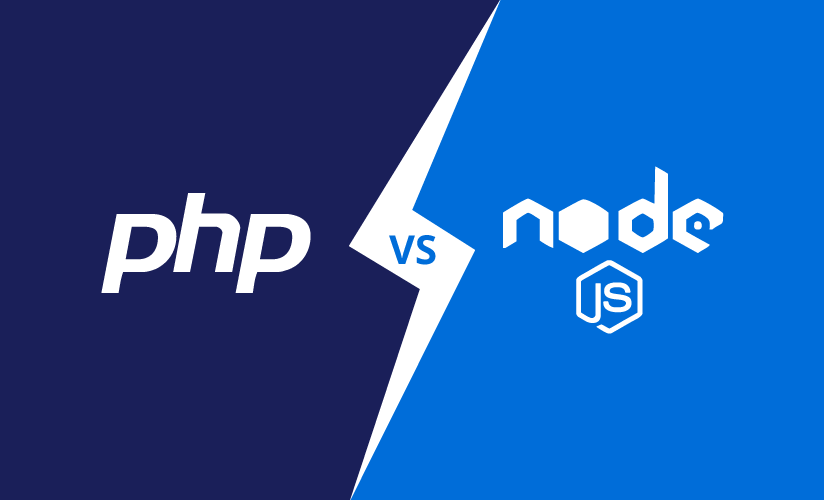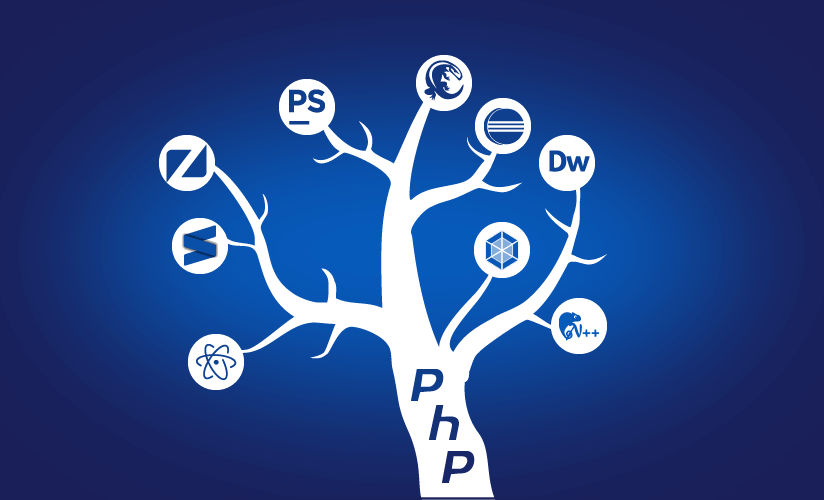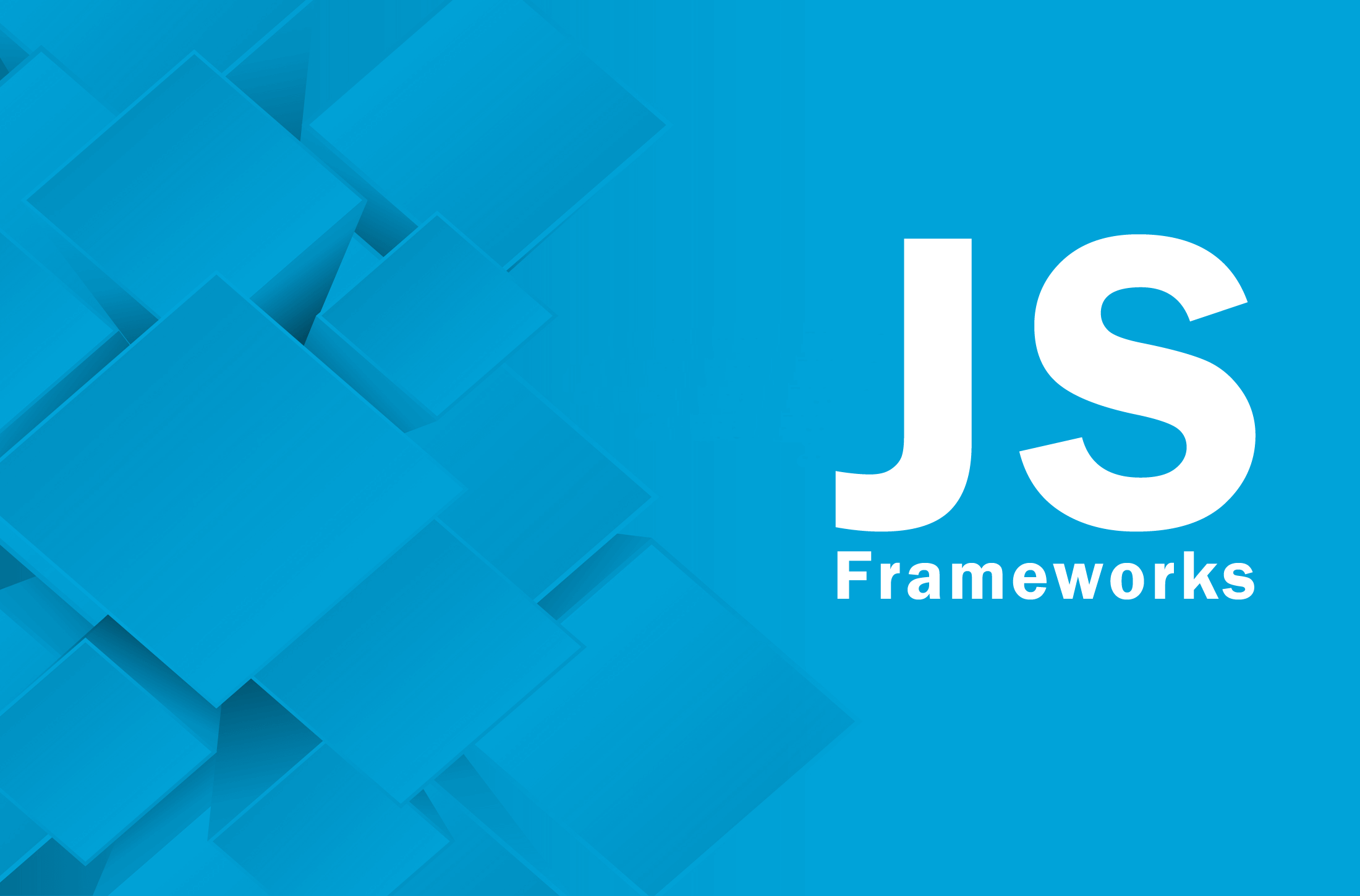PHP vs Node.js – Which is the Better Programming Language?

So, before understanding which is a better programming language, it is essential to know why they are different. PHP is a server-side script. It is one of the most popular, mature, and ubiquitous scripts available on the web. On the other hand, Node.js is not a script at all. It’s one of the back-end development environment languages that use JavaScript. It is only because of JavaScript that you can call it a client-side script. In fact, it wasn’t until 2009 that Node.js could use JavaScript.
Front-end and Back-end Programming
Back in 2009, when Node.js could start using JavaScript on the server-side, it fueled the rise of numerous sites that used JavaScript-powered stacks both in the front-end and back-end programming. That’s how back-end developers also came into the forefront. And, that’s also the reason why they can now weigh the differences between PHP and Node.js.
Understanding PHP
Hypertext Preprocessor, better known as PHP, is a regular scripting language that became the primary server-side language for web developers. PHP started way back in 1995, and web developers love it because of its modifications and latest updates. Most of the websites you see these days run on PHP. Its popularity is mainly due to the unanimous choice for various content management systems, such as Drupal, Joomla, and WordPress. Apart from these three traditional CMS structures, some of the modern frameworks also use PHP like CakePHP, Symfony, and Laravel.
Understanding Node.js
JavaScript has always been highly popular among web developers. This scripting language runs in a browser and helps to create interactive and dynamic web pages. However, after the transition of Node.js in 2009, you could also use JavaScript to perform asynchronous coding on the back-end. This runtime environment also became crucial because it has a plethora of frameworks available for web developers to choose from.
Similarities between PHP and Node.js
Web developers often become picky about the best back-end technology for a website. With PHP and Node.js going head to head, let’s take a look at some of their similarities first.
Interpreted languages
Well, there’s only one similarity between these two right now, and that’s the language they interpret. Node.js uses both JavaScript and PHP. These two are scripts or interpreted languages. You can run the code as-is even in their runtime environments. However, you need to use PHP for servers and JavaScript for browsers. Both JavaScript and PHP are incredible for newbie and veteran web developers.
Differences between PHP and Node.js
Although both Node.js and PHP are server-side languages, they have a few notable differences.
1. Runtime Environments
You can embed both PHP and Node.js directly into HTML. That’s the only similarity they have. But, when it comes to running the program, they both need different interpreters. Interpreters play a crucial role in the functioning of these two programming languages. PHP is widely known for being straightforward. You can install it in a flash and also use it on the server-side. Most importantly, it has a backing of Zend engine. That makes it even faster for web developers.
Node.js also works on a similar platform but has Google’s V8 JavaScript engine backing its performance. Remember that Node.js is only working on a runtime environment, supported by JavaScript that looks after the server-side of things.
2. Simplicity
When it comes to simplicity, development in PHP races ahead of Node.js. Conceptually, PHP is easier to understand and use. That is why experts recommend using PHP to new web developers. For example, you try to set up a server. You will not need some complicated programs and scripts; instead, all you require is a “.php” file along with some programming codes within tags, and that’s pretty much everything. You can enter the respective URL in the browser and hit enter. That’s it!
Web servers like MySQL, backed by PHP, interpret your file and simultaneously, displays it on the web page of your browser. On the other hand, it is slightly different to set up a Node.js server. Unlike PHP, it requires a little more of coding lines to execute the files in the browser. You also need a basic knowledge about callback functions and how closures work.
3. Concurrency
Most server-side programming languages use multi-threads. PHP is one of those languages. It blocks I/O from carrying out various multi-tasks simultaneously. Node.js slightly edges ahead of PHP on this one. It uses a handful of tricks like adding node clustering with event loop to achieve its objective of executing an event-driven program. It doesn’t necessarily block I/O execution models even if they use one primary thread for implementing the program.
However, since PHP is more mature, it has come up with a technique to tackle asynchronous processing. In fact, quite recently, it launched the HHVM project on Facebook, which was the start of testing the blocking and unblocking of I/O execution models.
4. JSON
JavaScript Object Notation or JSON comes with lightweight data format; something that keeps Node.js ahead of PHP when they have to deal with JSON. Although PHP can function when JSON is around, their operation is more situational. So, Node.js evens up the game when it comes with concurrency and JSON.
When to use PHP?
Most web developers, especially those working in the back-end, often ask when they should use PHP or Node.js. Well, here are some of the projects where PHP development will save your day:
- Software stacks, such as Apache, PHP, MySQL, and Linux. Everything that includes LAMP stack should have PHP as its backing.
- Content management systems, such as Joomla, Drupal, WordPress, etc.
- Servers, such as MariaDB, Sybase, Postgresql, Oracle, SQL, and MySQL, etc.
When to use Node.js?
- When you are working with software stacks, such as MEAN stack, including Express.js, MongoDB, and AngularJS.
- SPAs or Dynamic single-page applications.
- Various front-end technologies, such as Backbone.js, AngularJS, ReactJS, Ember.js, and jQuery.
- Server-side technologies, such as MongoDB, Node.js, and Express.js,
Both Node.js and PHP have their benefits and limitations, but selecting either of them depends on the project you are handling.
Similar Posts

Top PHP Development Tools Every Developer Should Explore
PHP an acronym for Hypertext Preprocessor is without a shadow of a doubt one of the most popular open-source scripting languages. It is not only easy to use, but it’s development tools offer speed and ease that transcends any other programming language....

Scaling SaaS Infrastructure: Challenges & Solutions
In today’s fast-paced digital landscape, Software as a Service (SaaS) has emerged as a dominant model for delivering software applications over the Internet. SaaS offers numerous benefits such as cost-efficiency, accessibility, and automatic updates, making it a preferred choice for businesses of all sizes. However, as SaaS platforms gain popularity and user bases expand rapidly, […]...

Top 10 Javascript Frameworks
There are several popular Javascript frameworks out there and there is continuous effort to add more values to the code repository. But with such expanding range of choices, often it is a little confusing to decide on a framework that you actually need. Well, this is when a detailed comparison of the most popular and […]...














